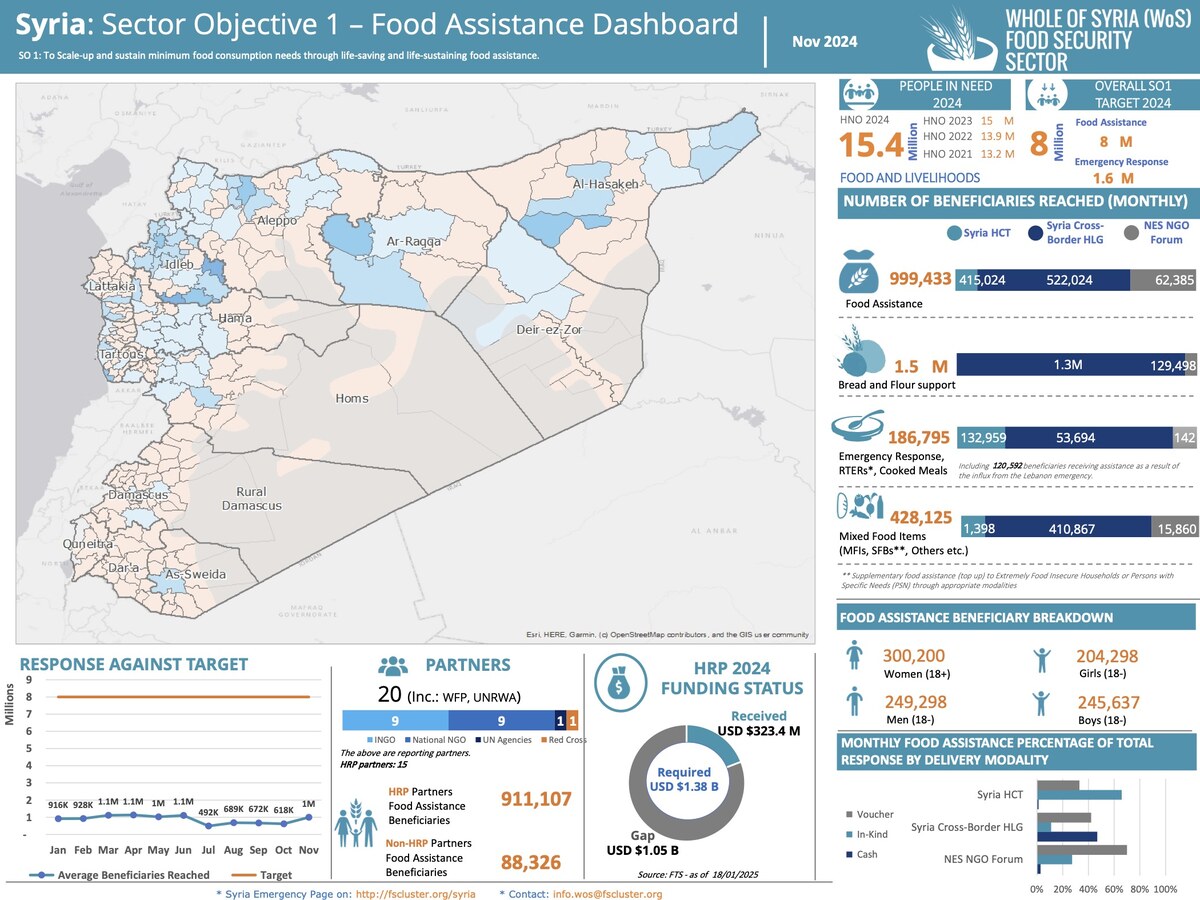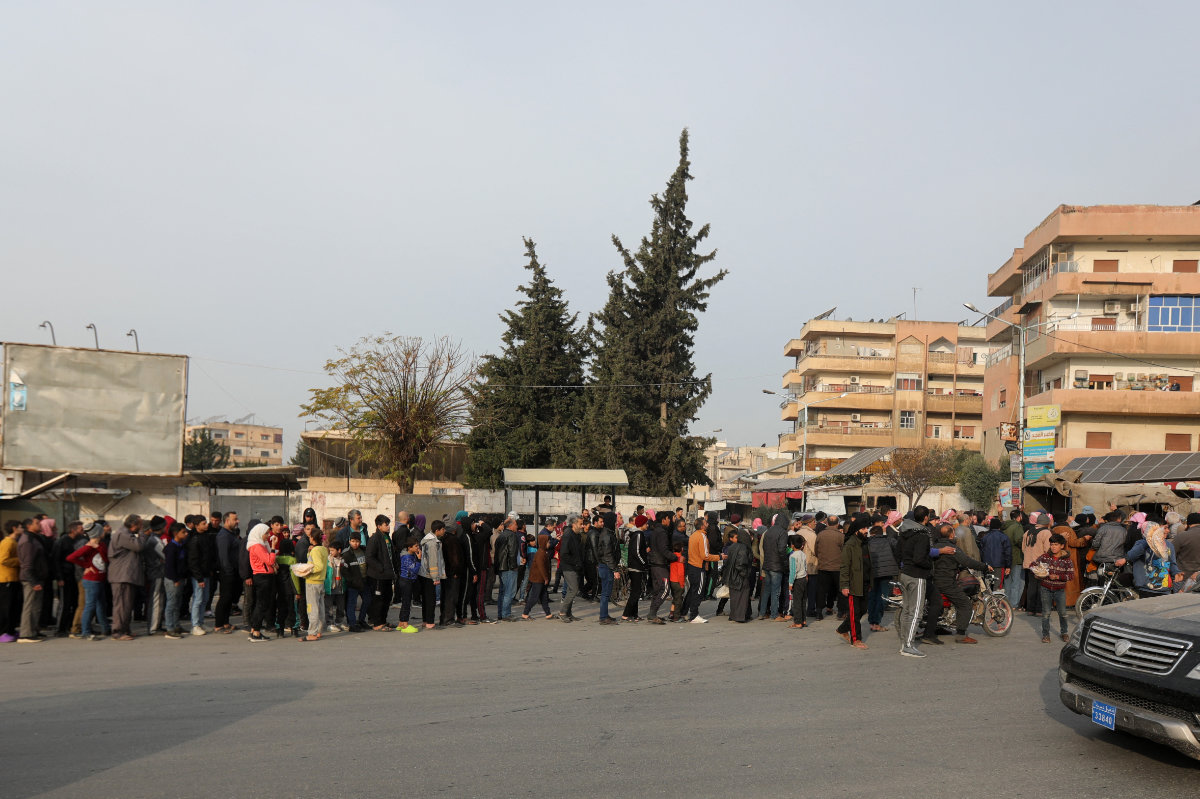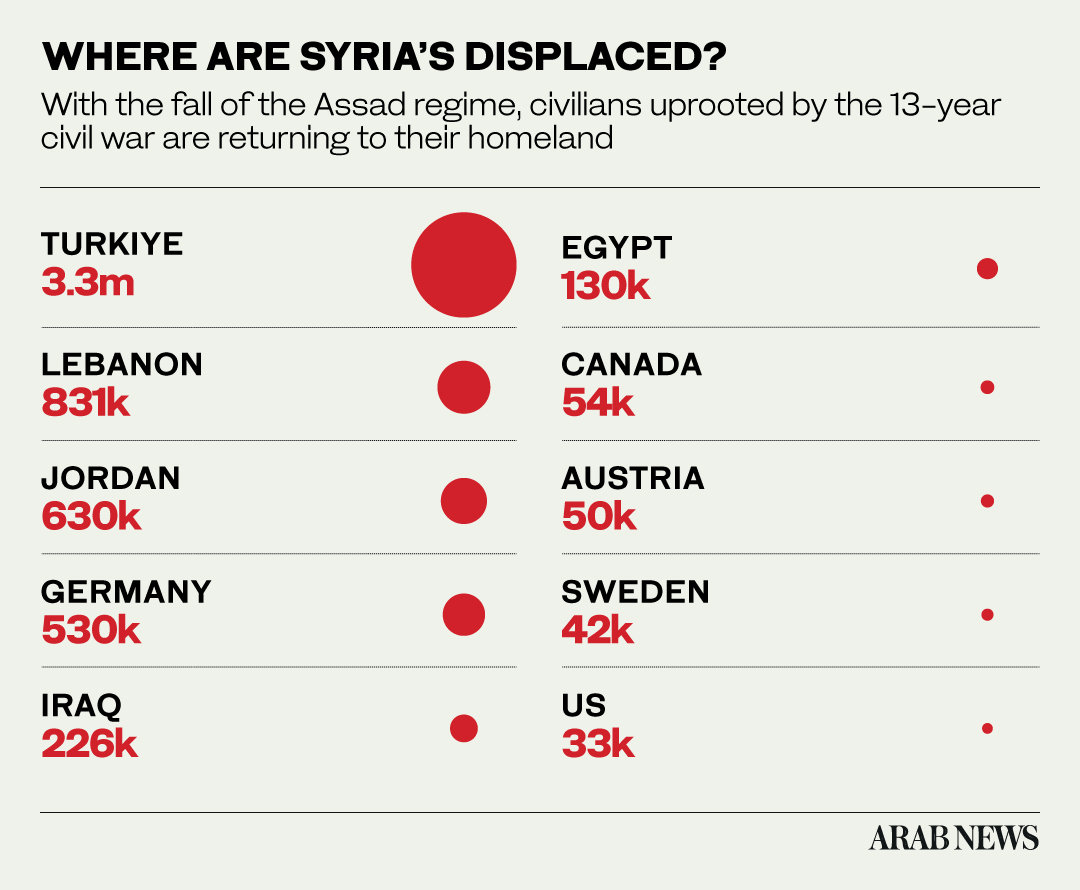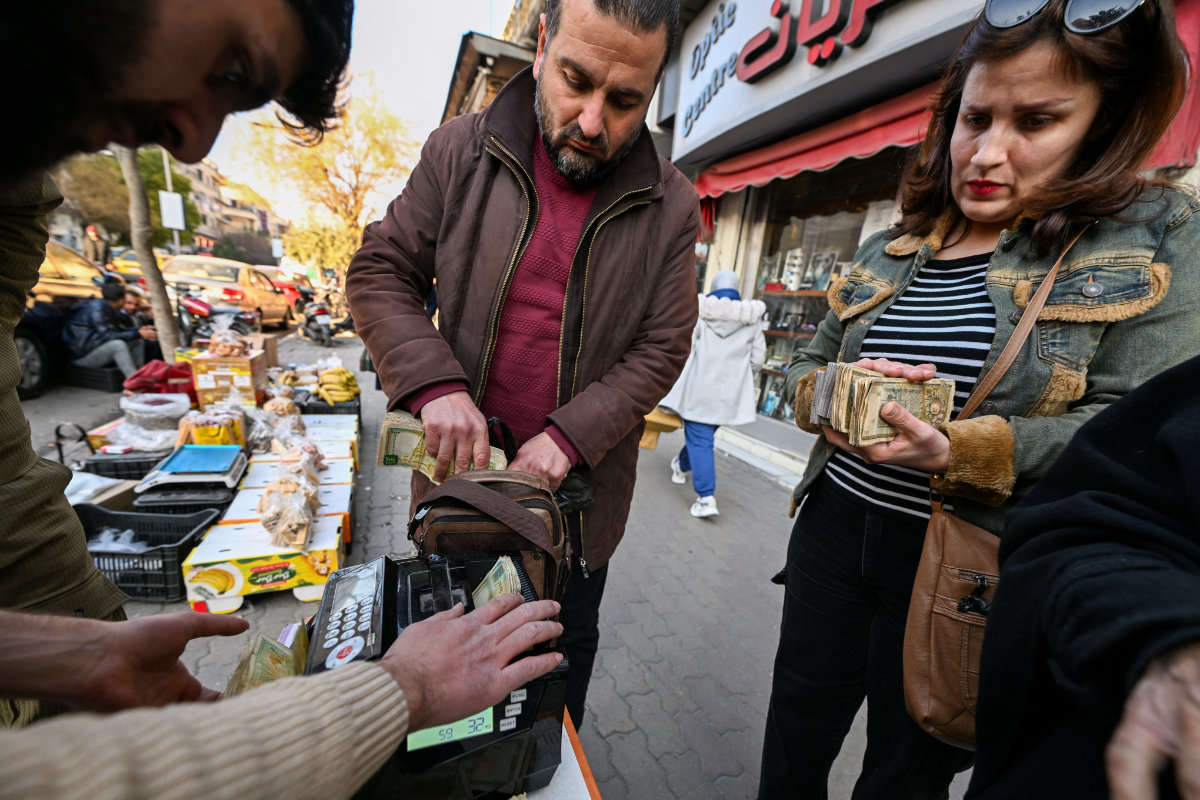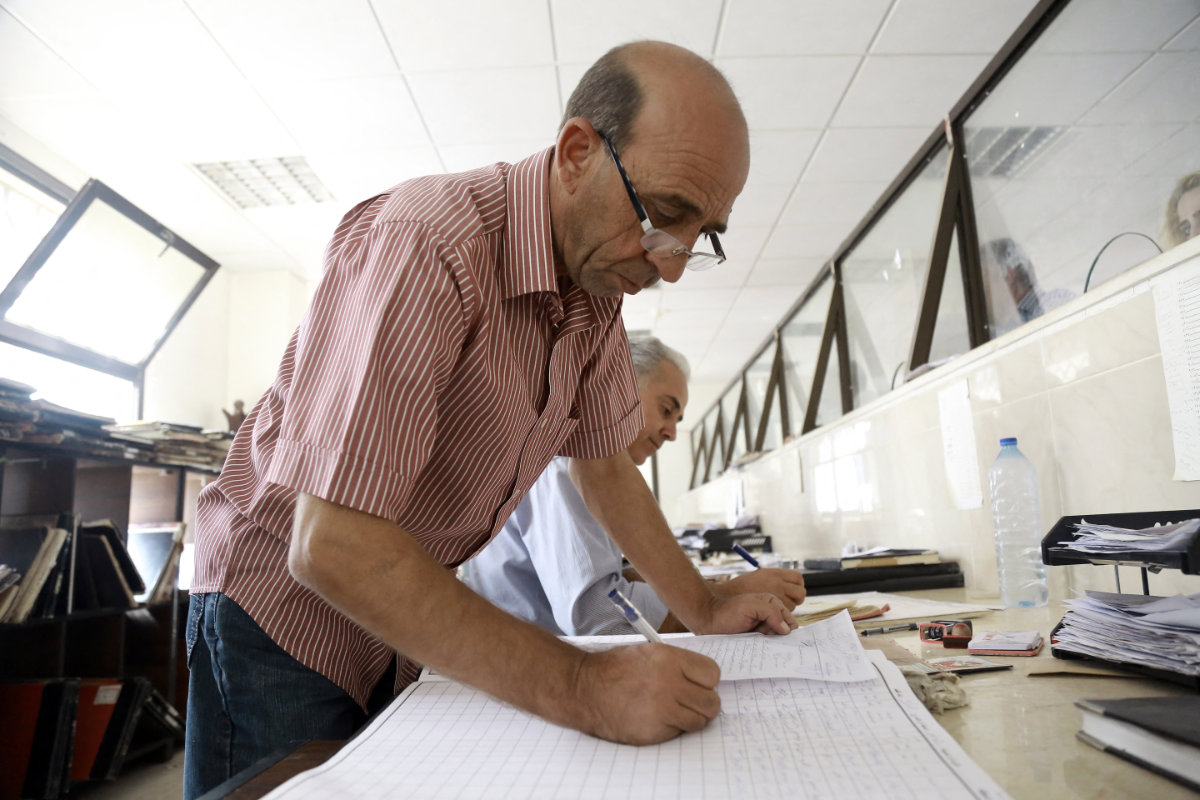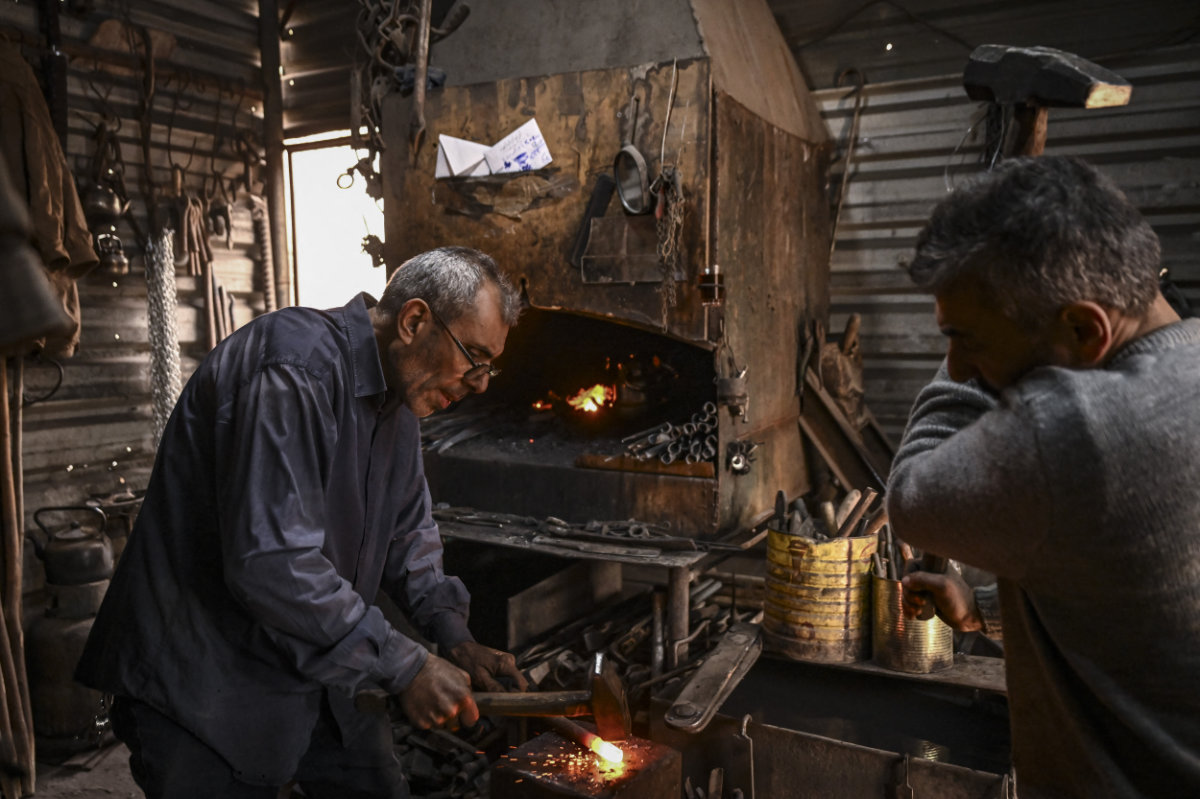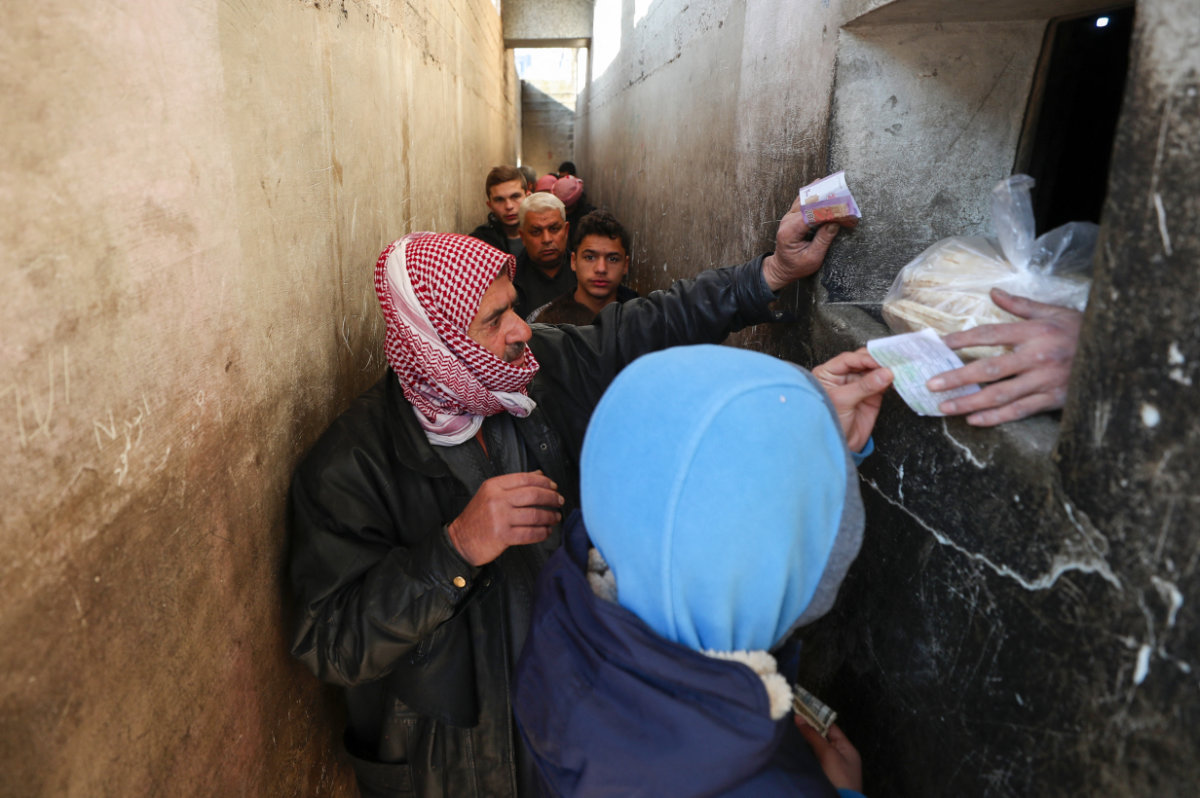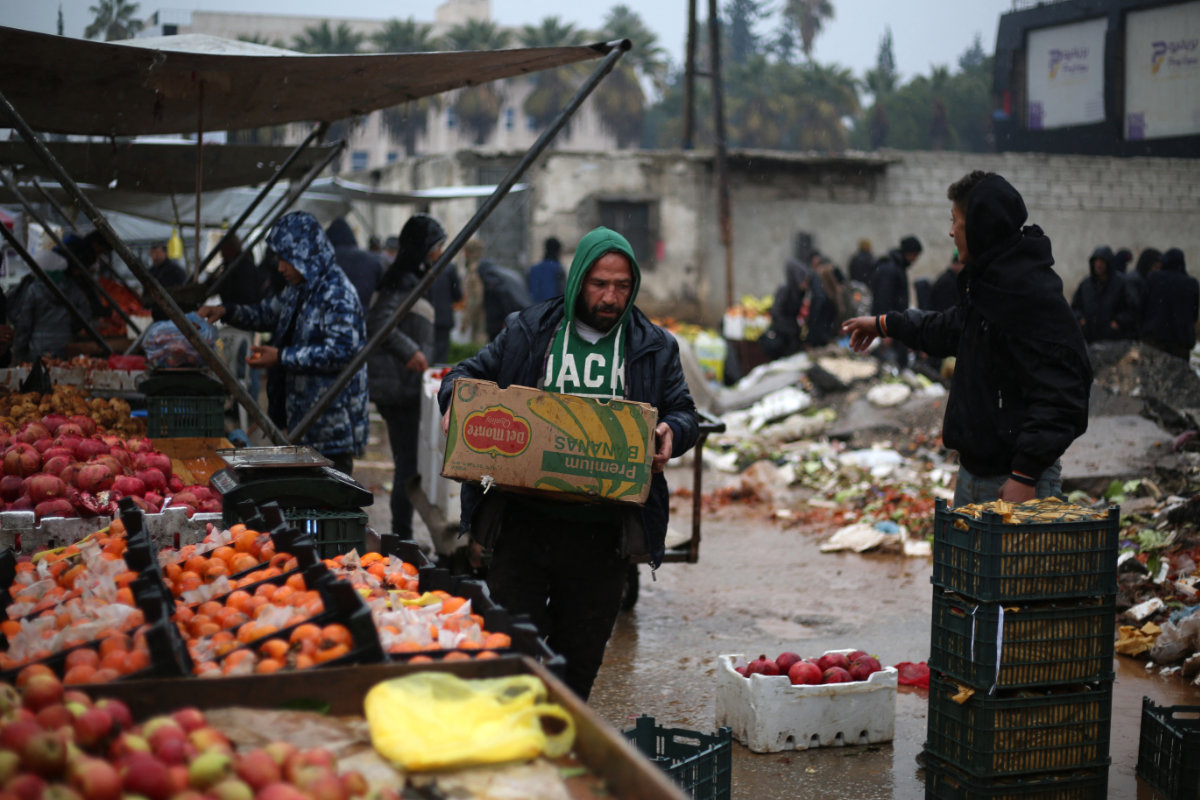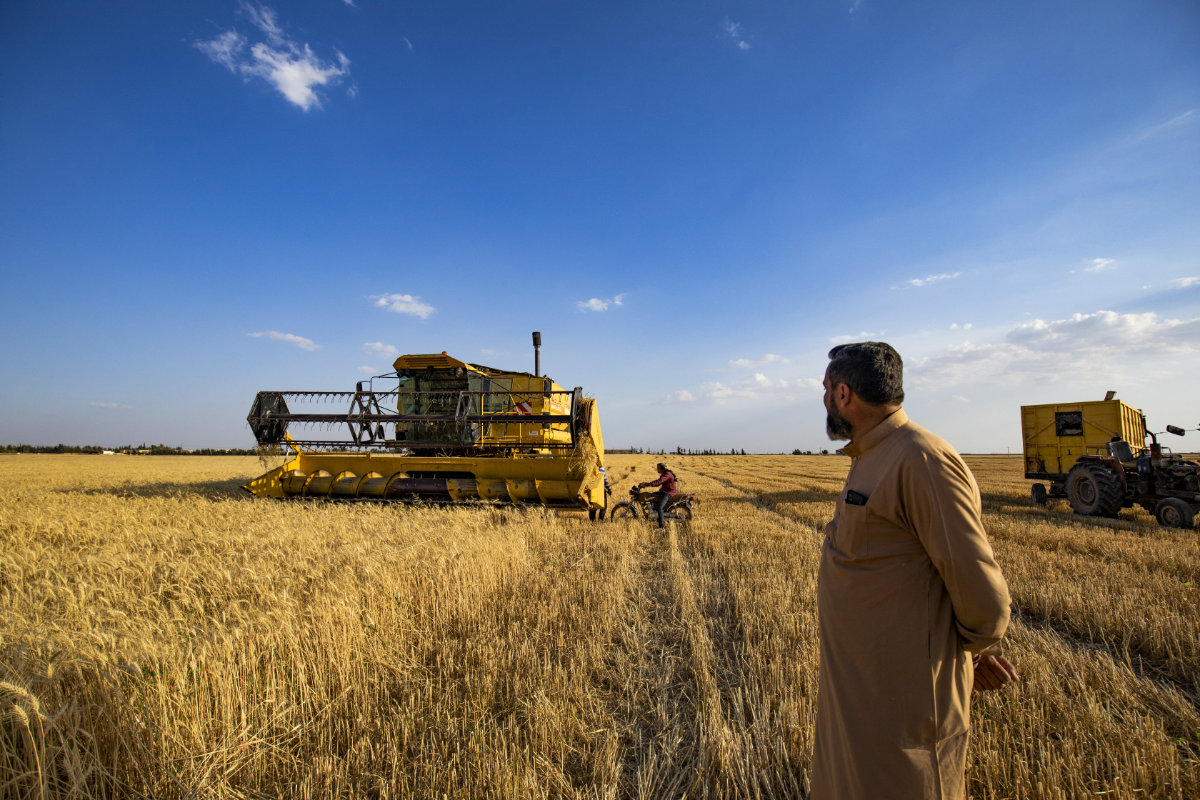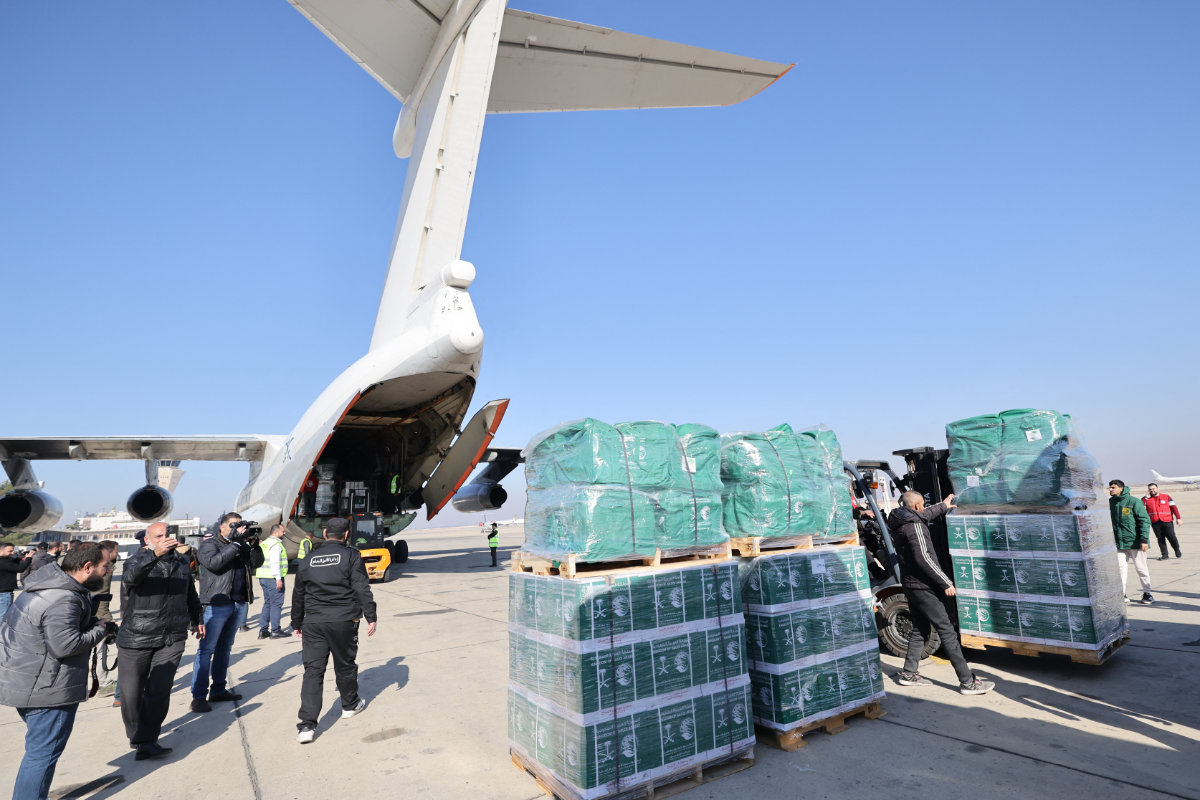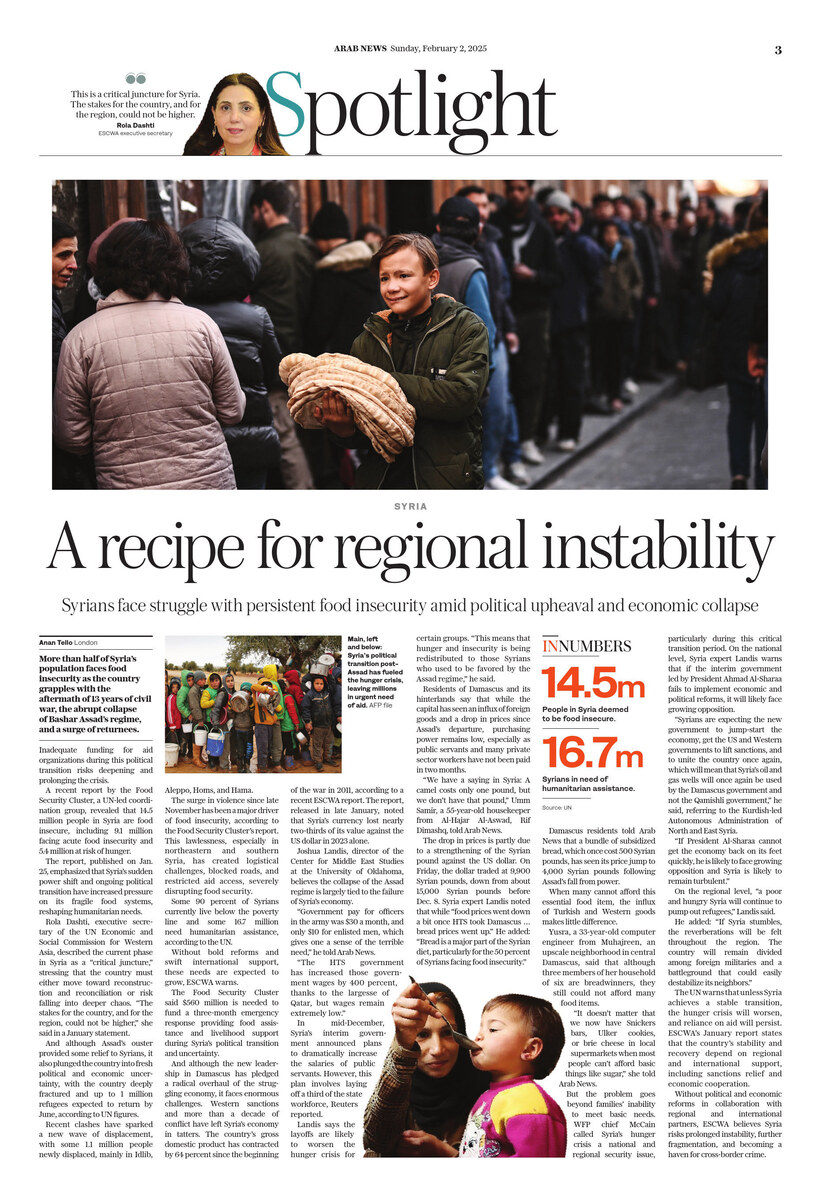MANILA/LAGOS/DHAKA: Cici Brinces came to Lebanon as a domestic worker 14 years ago, married a Palestinian, had a son, survived leukaemia and was building a new life. Then bombs began falling in Beirut and now she wants to go home to the Philippines.
“I feel that the end is near for me — worse than when I had cancer,” said Brinces, 46, who fled her home near the airport two weeks ago and lived on the streets for days before moving into a shelter with her 10-year-old son.
Nazmul Shahin, who works at a supermarket in Beirut’s Achrafieh neighborhood, says explosions jolt him awake at night.
“My heart begins pounding — and it feels like something is gnawing at my entrails,” the 30-year-old Bangladeshi citizen, who has been living in Lebanon for about a year, told the Thomson Reuters Foundation in a phone interview from Beirut.
Md Al Mamun loves the job he got at a Beirut bakery three months ago, but now he too wants to go home to Bangladesh.
“I really like it here — the pay and the environment are so much better — but since the bombing began, I have been badly missing home,” he said.
A nearly year-long conflict between Israel and the Hezbollah militant group has intensified in recent weeks, with Israel bombing southern Lebanon, Beirut’s southern suburbs and the Bekaa Valley, killing many of Hezbollah’s top leaders, and sending ground troops into southern Lebanon.
Iran-backed Hezbollah has fired rockets into Israel.
Lebanese authorities say at least 1.2 million Lebanese have been displaced and more than 2,300 people killed since last October, the majority in recent weeks.
Most of the country’s 900 shelters are full and people are now sleeping in the open or in Beirut’s parks.
Among them are many foreign workers.
The International Organization for Migration says Lebanon hosts more than 177,000 migrant workers, primarily from Africa and Asia. Human Rights Watch has quoted Lebanon’s Labour Ministry as saying the number is around 250,000.
They mostly comprise women who work in the domestic and hospitality sectors and are employed under the kafala system, a sponsorship model also common in Gulf nations where employers control the legal status of any migrants who work for them.
Uganda-based activist Safina Virani, who is fundraising online to get food and shelter to African migrants, said many women had been cut adrift by their employers, who fled when the Israeli attacks began.
“Many said their employers took their passports at the airport as soon as they arrived, and they didn’t give (them) to them again. They have no money, and their employers abandoned them as soon as the war broke, and they didn’t give them their documents,” Virani told the Thomson Reuters Foundation from Uganda’s capital Kampala.
“Most of them don’t have bank accounts or documents that can identify them officially,” Virani said, explaining that this made it difficult for relatives back home to send money.
Virani said stranded Africans also faced discrimination.
“African migrants are being treated as second-class citizens, and this has a lot to do with racism, and that is why governments need to take the protection of the citizens seriously,” she said.
’PLEASE SEND AIRPLANES’
There are more than 11,000 documented Filipino workers in Lebanon. President Ferdinand Marcos Jr. has ordered the government to prepare for a safe and timely repatriation of its citizens.
This is exactly what Brinces, whose husband is working in Nigeria, wants.
“President Marcos, please send airplanes here for us, like what other nationalities did for their countrymen,” she said.
Some 500 Filipinos have been repatriated since last year and by Oct. 8, the Philippines embassy in Beirut had received more than 1,700 applications for repatriation.
The embassy has set up temporary shelters for Filipino workers, but Brinces said many people were reluctant to use them as cellphones were at times restricted so they could lose contact with home.
Some Filipinos say the embassy has been slow to help.
“My sister only got repetitive replies from government chatbots, until they asked her to go to the embassy in Beirut which was impossible for her because her employer won’t allow her to and she did not have her passport,” said Mark Anthony Bunda, whose sister works in Lebanon as a domestic helper.
Brinces’ situation is different: she has her documents but her passport has expired and she needs exit clearance from the Lebanese authorities as a foreign worker.
When she first fled her home, she sent her son to live with her mother-in-law in the relative safety of the mountains outside Beirut. She wanted to stay close to the embassy in case there was news of repatriation.
“The embassy told me they can’t respond to our requests all at once. Especially since the government here has been slow to process our applications,” she said.
She has now been reunited with her son and is living in a shelter in the capital.
FRAUDSTERS AND DONATIONS
Among many African workers in Lebanon, there are some 26,000 Kenyans, according to foreign ministry data, many a direct result of an agreement between Kenya’s National Chamber of Commerce and Industry and Lebanese companies.
The Kenyan government told Kenyans to register with the embassy in Kuwait for free evacuation and has allocated 100 million Kenyan shillings ($778,210) for the evacuation.
Prime Cabinet Secretary Musalia Mudavadi said almost 1,500 people had already registered.
The government has also warned people to be aware of fraudsters offering fake evacuations for exorbitant fees.
“We would like to alert all Kenyans currently in Lebanon about reports of fraudsters exploiting vulnerable individuals. These individuals are unlawfully charging fees for evacuation services,” the ministry of foreign and diaspora affairs said in a statement.
About 150,000 Bangladeshis are also in Lebanon, working in petrol stations, supermarkets, garages and as cleaners. Bangladeshis typically pay about 500,000 taka ($4,200) to migration brokers to get a job in Lebanon.
Officials at Bangladesh’s embassy in Beirut are providing medical care and advice and have started collecting information on those who want to return home.
Md Touhid Hossain, foreign adviser for the interim government in Dhaka, said Bangladesh had asked the IOM to arrange a chartered flight to evacuate Bangladeshis.
Siddikor Rahman, who has worked as a supervisor in a Lebanese factory for about 10 years, said many Bangladeshis have lost their jobs and homes since the airstrikes and are surviving in shelters provided by the community and the embassy.
“Those of us who can afford to lend a hand are supporting our compatriots — either giving them cash, buying food for them, or providing them shelter,” said Shahin.
“But my heart is sinking day by day and the only thing I hope for is to go home,” he said.
NO EASY DECISION
Virani has been working with Lebanese activist Dea Hage-Chahine to reach vulnerable female migrant workers.
Hage-Chahine told the Thomson Reuters Foundation by phone from Beirut that she had secured a private building for a few months to house 147 Sierra Leonean women and three babies who had been sleeping outside their embassy in Beirut.
Working with a team of just four, she has also rented five apartments for another group of 58 Africans, mostly Sierra Leoneans, and liaised with their government to obtain the paperwork they need to get home.
“Migrant communities in Lebanon are marginalized and ignored, and you can imagine what is happening while we are going through a war and a huge humanitarian crisis; we need support,” she said.
“We’re working on the paperwork for the women, but we’re worried that we won’t be able to secure flights. We’re hoping the government will send a plane,” she said.
Sierra Leone’s Foreign Minister Timothy Musa Kabba told local media that because the government doesn’t have a trade employment deal with Lebanon, it has been difficult for them to quickly evacuate the workers.
However, the administration is working with IOM and leaders of the Sierra Leonean community in Lebanon to congregate citizens in a safe place while they process their repatriation.
Leaving Lebanon is not an easy choice for everyone.
In South Lebanon, Filipino domestic helper Ritchel Bagsican said she could not sleep because of the airstrikes and drones.
But the 32-year-old, who has been in Lebanon for nine years and has applied for repatriation, is torn about going home.
“Despite the economic crisis and the war here in Lebanon, job opportunities here are still better than in the Philippines. Work is not guaranteed there, so we might have to work abroad again,” she said.


















